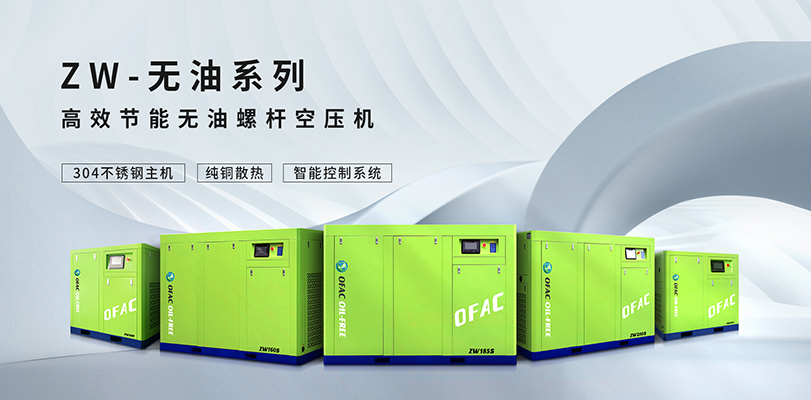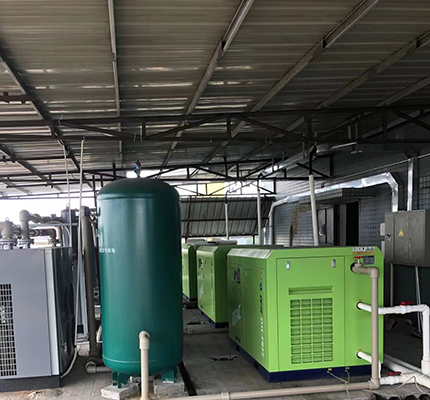low pressure air compressor installation steps to avoid electrical and safety hazards
News 2025-10-24
Low pressure air compressors play a critical role in industrial operations, providing essential compressed air for applications like pneumatic tools in manufacturing, spray painting in automotive sectors, and packaging in food processing. Their key performance advantages include high energy efficiency, reduced noise levels, and robust durability, which minimize downtime and enhance productivity. Proper installation is paramount to prevent electrical shocks, fires, and mechanical failures, ensuring safe and reliable operation in demanding environments. By adhering to structured steps, users can mitigate risks and optimize the compressor’s integration into industrial workflows.

Site Preparation
Ensuring the installation site is adequately prepared helps avoid common safety issues. Start by selecting a dry, well-ventilated location with sufficient space for air intake and exhaust to prevent overheating. The floor must support the unit’s weight without risk of collapse, and the area should be free from flammable substances. Additionally, assess environmental factors like temperature and humidity to maintain optimal performance, reducing the likelihood of corrosion or electrical faults that could compromise safety.
Electrical Connections
Focusing on electrical aspects is vital to eliminate hazards such as short circuits or electrocution. Verify that the power source matches the compressor’s specifications for voltage and current to avoid overloads. Install dedicated circuits with appropriate fuses or breakers, and always use grounded connections. Employ certified cables and conduits, and have a licensed electrician conduct the wiring to comply with industry standards, thereby safeguarding against potential electrical dangers in industrial settings.
Mechanical Installation and Checks
Mechanical setup involves securing the compressor to prevent vibrations that could lead to structural damage or leaks. Mount the unit on a stable base and connect air lines with proper seals to maintain pressure integrity. Conduct thorough inspections for loose components and test all safety features, such as pressure relief valves. This step ensures the system operates efficiently, supporting seamless industrial processes while minimizing risks associated with improper installation.
Frequently Asked Questions
1. What are common electrical hazards during installation?
Answer: Hazards include incorrect wiring and inadequate grounding, which can cause shocks or fires; always use professionals for electrical work.
2. How does site location affect compressor performance?
Answer: Poor ventilation can lead to overheating and reduced efficiency; choose a site with good airflow to maintain optimal operation.
3. What maintenance is key after installation?
Answer: Regular checks of electrical connections and air filters are essential to prevent hazards and ensure long-term reliability.


